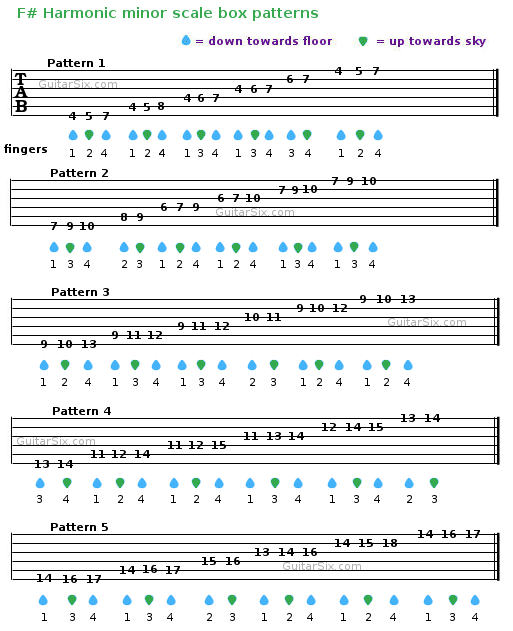

You will come to a V chord in the minor key (the major or dominant 7th kind of V chord). The troublesome note for the bass player will be the 6th of this melodic minor scale. Where you will most likely apply this scale in an everyday bassline is when you need to avoid clashing with a song's melody which uses this melodic minor scale. And, depending on the style, you may use it extensively (jazz). I'm not saying you can't or won't use this scale.

But, what we're most expected to do is rhythmically define the harmony. By now, do I need to remind you of a bass player's biggest functions? Rhythm and harmony. The melodic minor scale is so named because it has melodic importance. I find students remember it better this way. C melodic minor is C, D, E♭, F, G, A, and B. The intervallic structure of the melodic minor scale is like the natural minor scale except it has a major 6th instead of a minor 6th and a major 7th instead of the minor 7th found in the natural minor scale.Īnother way of viewing the melodic minor scale is, instead of it being a natural minor scale with a raised 6th and 7th, think of it as a major scale with a flatted third.įor example, C major is C, D, E, F, G, A, and B. When people discuss the melodic minor scale in modern music they are most often speaking of the ascending form.

You can expect to see and hear of these distinctions of ascending and descending melodic minor scales, but don't worry too much about them. Typically, musicians will just call the descending melodic minor by the name 'natural minor.' To other musicians, like jazz musicians, 'melodic minor' simply refers to the ascending form of the melodic minor scale. This ascending/descending distinction is respected in Classical music. Why? It was felt when melodies descended the scale, it sounded better with the flatted 6th and 7th, and while melodies ascended through the scale it sounded better with the raised 6th and 7th. “Descending melodic minor” is just the plain old natural minor scale when descending.

The descending melodic minor scale is another name for the natural minor scale. The ascending melodic minor scale is what I've just described-a natural minor scale with a raised 6th and 7th. There are two forms of the melodic minor scale: ascending and descending. This is a good technique to learn, and it will show up in other musical shapes on the fretboard later on. Your fingers compress and then stretch back out. If you use your first finger on the 4th degree and your fourth finger on the 5th degree of the scale, it makes shifting smoother.


 0 kommentar(er)
0 kommentar(er)
